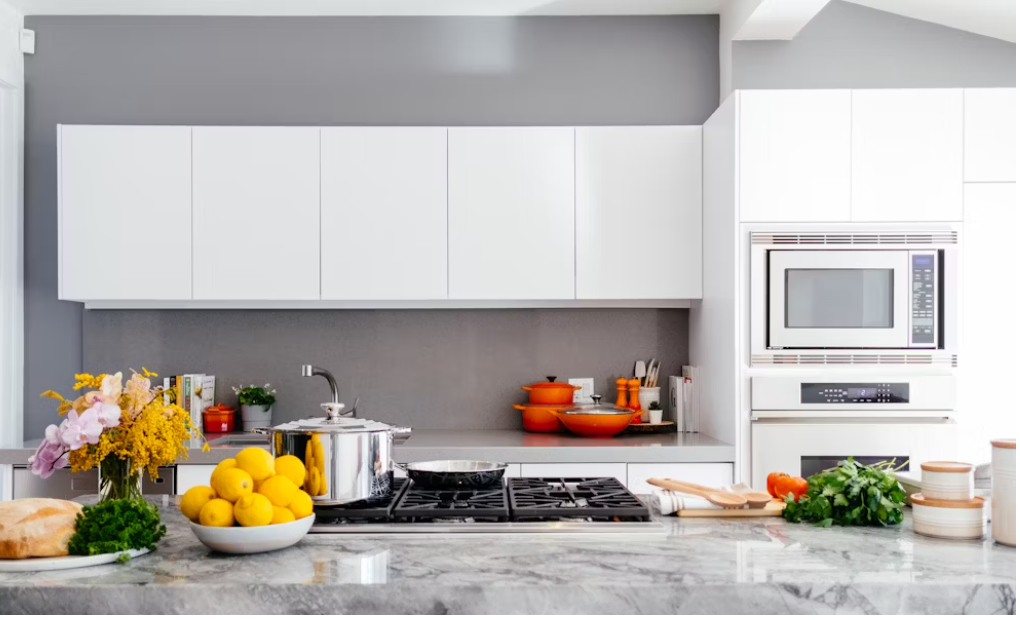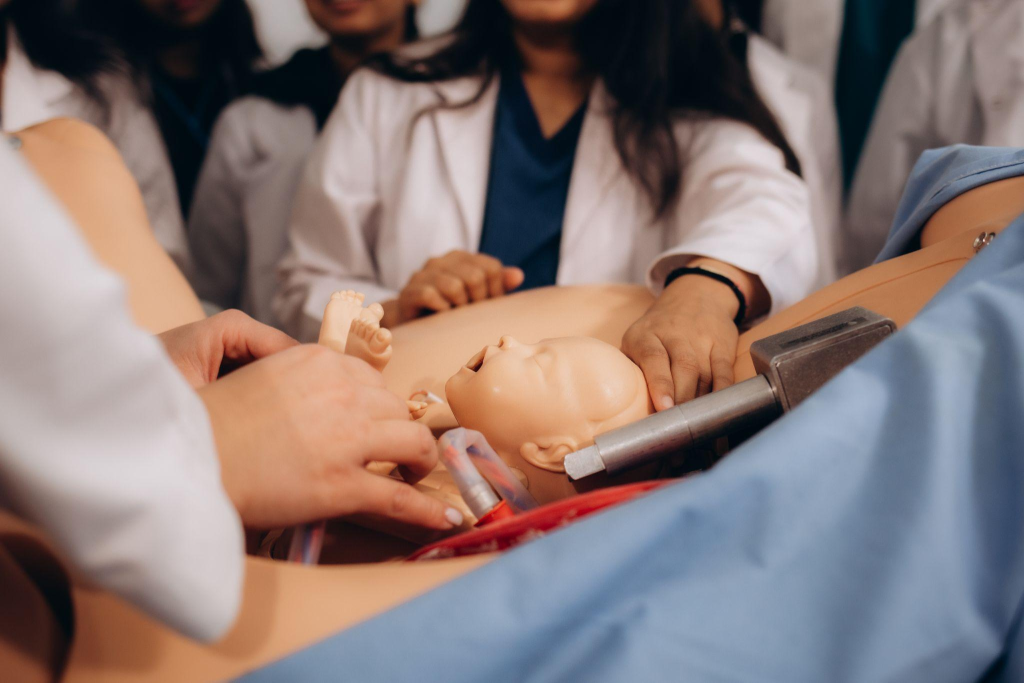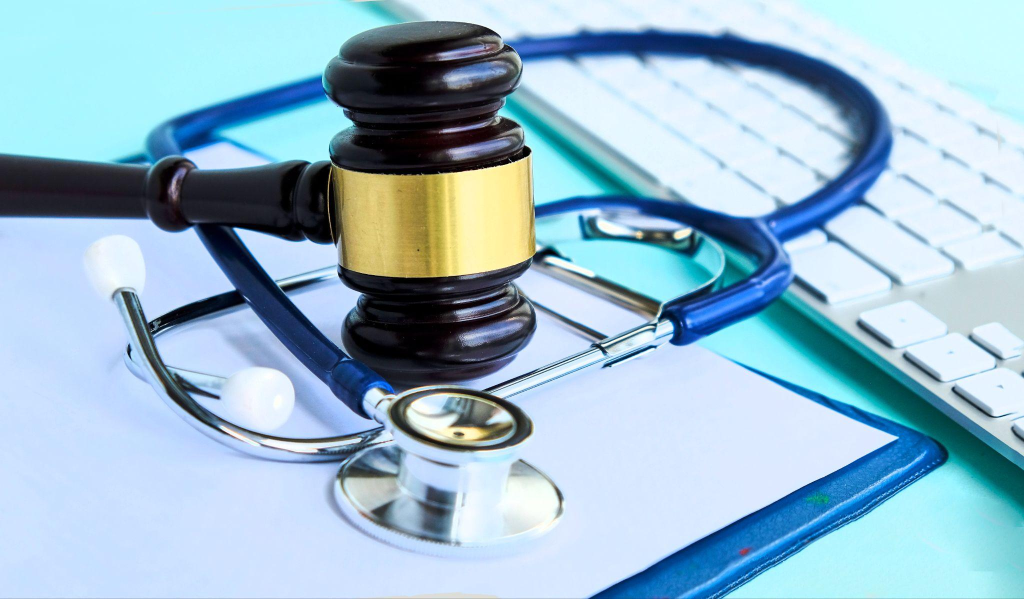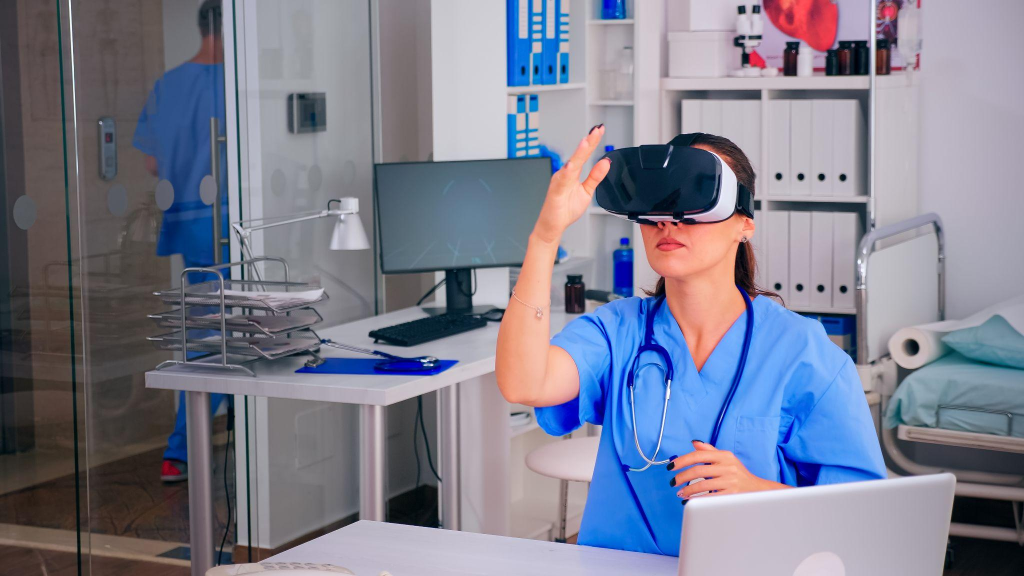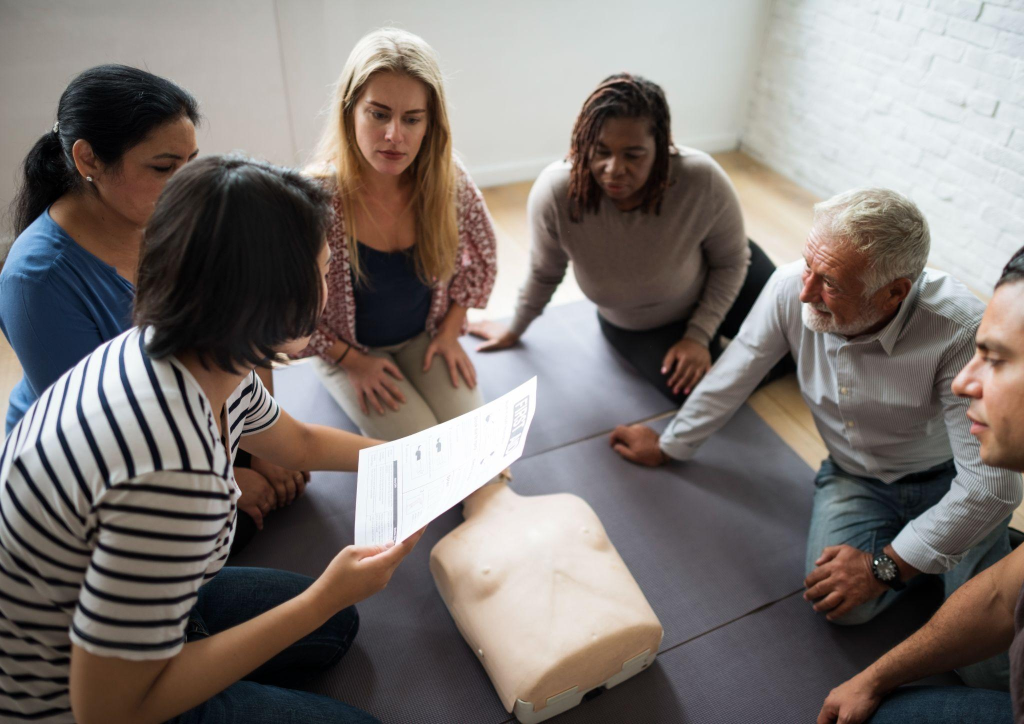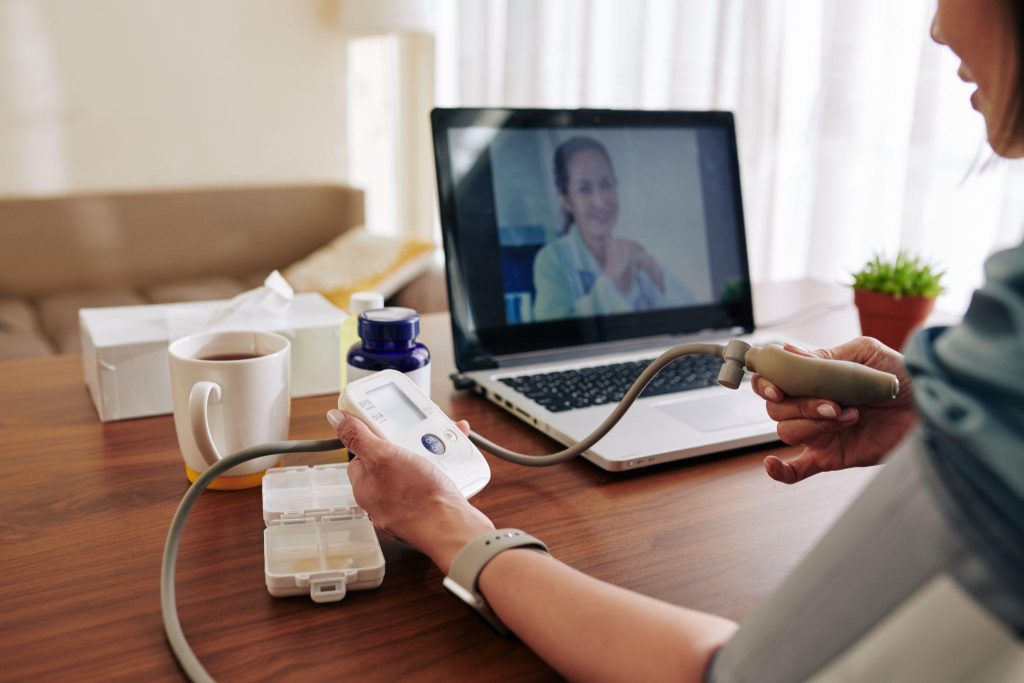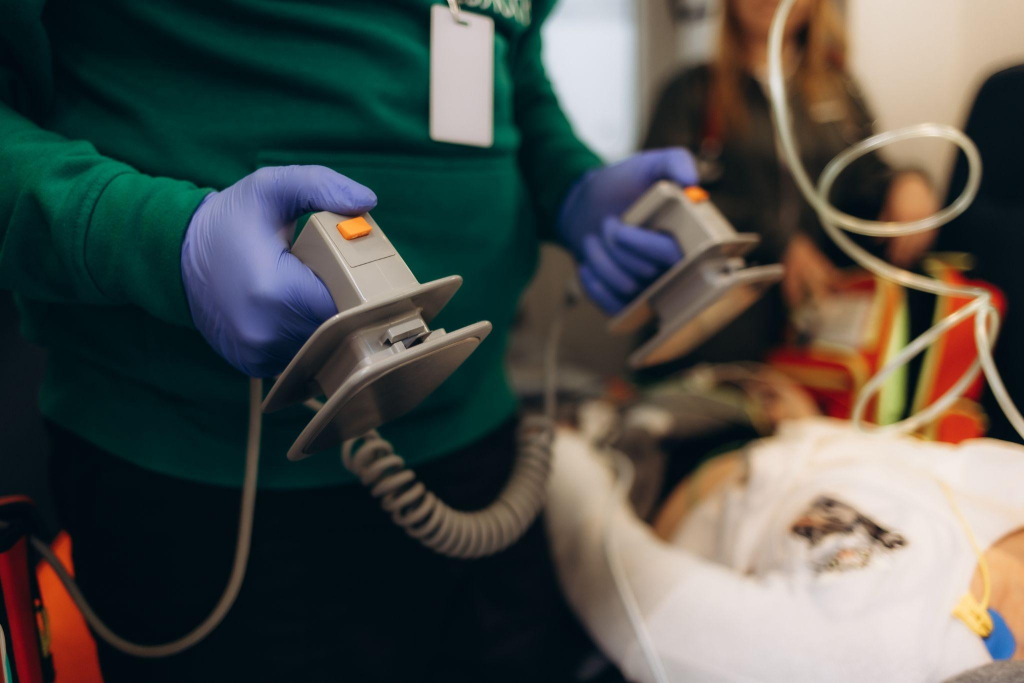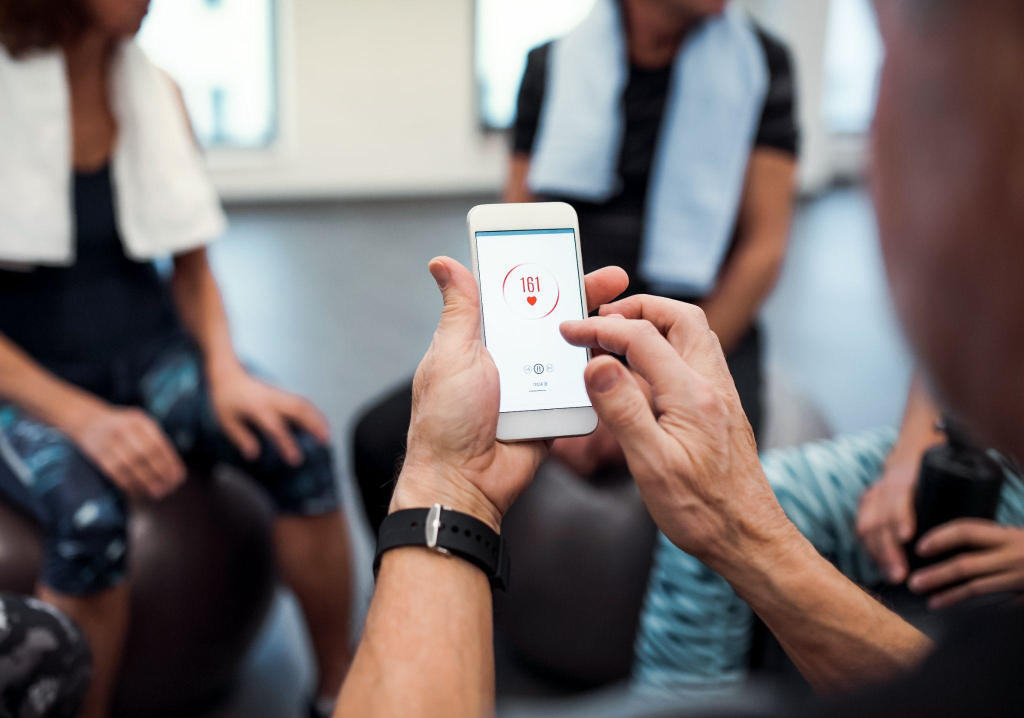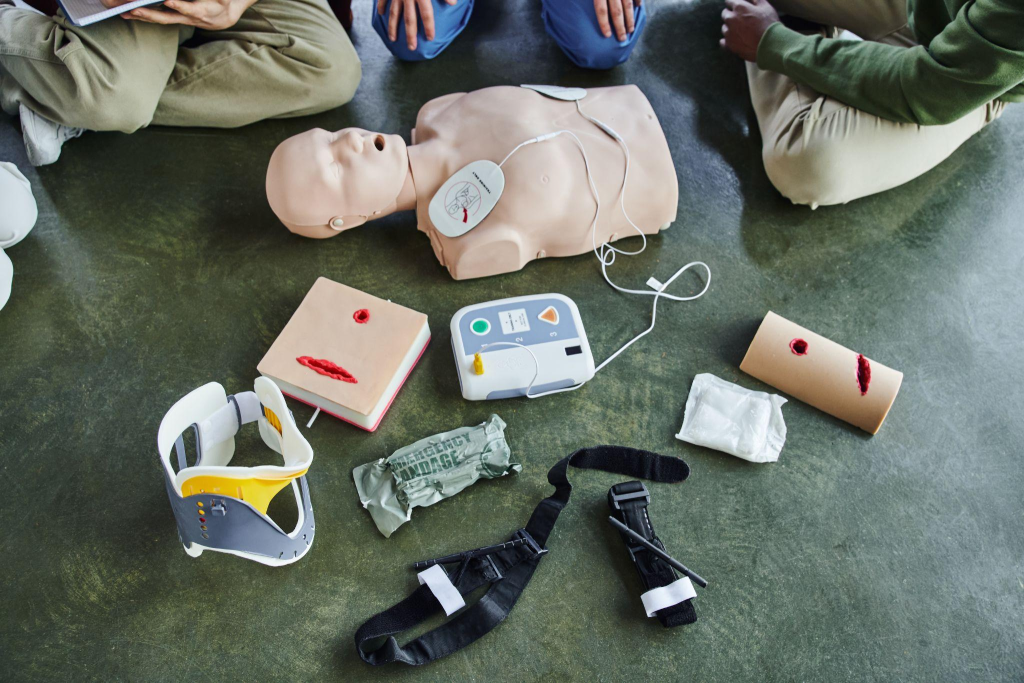In the U.S., adults spend 68 minutes, on average, in the kitchen on a daily basis. This includes meal preparation, having dinner, or just getting the kids lunches ready to go to school. The kitchen is frequently a social area for families to gather, hang out, play board games, etc. Normally, the kitchen is not thought of as a hazardous area in terms of accidents or injuries, but these events may occur more frequently in the kitchen than one may think. This blog will outline the most common mishaps that may occur in the kitchen, as well as the associated treatments for each. Accidents can happen to anyone at any time, and being prepared is the best solution to deal with ‘kitchen catastrophes.’
Cuts
The kitchen has many tools that are very capable of causing skin injury in the form of abrasions, superficial cuts, and deep cuts. Peelers, knives, food processor blades, and graters are just a few of the most common. A broken plate or glass can also cause a skin injury ranging from mild to severe. Minor, superficial cuts or abrasions can usually be handled at home by applying pressure to stop the bleeding, cleaning properly with soap and water, and applying a bandage. Some superficial wounds can be closed with steri-strips, which are a type of closure that is wider on both ends and narrow in the middle where the wound would be located. These can be purchased in most pharmacies.
Broken glasses or plates can also cause injury ranging from mild to severe. Pieces of broken glass can lacerate not only skin, but potentially cause deeper injury involving muscle, tendons, or nerves. If there is any question that these deeper structures are involved, the patient should be seen in an emergency department. The other problem with broken glass or ceramic is that a piece of glass or ceramic could still be in the wound. This may not be seen initially. If there is any chance of a foreign body in the wound, the patient should again be seen in the ER.
If the wound continues to bleed, and the bleeding cannot be stopped by simple pressure for a few minutes, it likely mandates further attention. If a dressing is applied, and bleeding is noted through the dressing, it requires professional medical evaluation. Telemedicine is a great tool for the initial evaluation of a laceration. Seeing a physician over a webcam may save a trip to the emergency department. If there is any question whether or not this is something that can safely be treated at home, it is probably best to have it evaluated by a medical professional.
Burns
Burns are another common injury that can be encountered in the kitchen. First degree burns appear red, and only involve the outer layer of skin (epidermis). Second degree burns appear red, moist, and frequently blistered. These involve the first 2 layers of skin (epidermis and
dermis). They are also called partial thickness burns. Third degree burns extend through the above 2 layers of skin, and can involve muscles, bones, and tendons. These are called full thickness burns. These can be further broken down into 3 categories: thermal, chemical, and electrical.
Thermal burns occur when the skin contacts a very hot surface such as a stovetop. Superficial (first degree) thermal burns are usually warm, painful, red, soft, do not blister, and will blanch when touched. Partial thickness (second degree) burns are typically painful, red, blistered, moist, soft, and will blanch when touched.
Chemical burns can be caused by household agents such as bleach or disinfectants. These are usually the result of irritant properties of these agents, and can vary depending on type of compound (acid / base), time of exposure on skin, and concentration. These can involve the skin, eyes, or mucous membranes (mouth).
Electrical burns occur as the result of an electrical shock, and involve current traveling through the body. These can affect deeper structures such as muscles, and even cause rhythm problems with the heart. Sometimes these are not always seen externally.
The only burn that should be treated at home is a first degree burn. Second degree and above should be evaluated at an emergency department, as deeper structures can be involved. First degree burns can be treated by rinsing with cool or room temperature water for 10-15 minutes.
Do not use ice, as this can further damage burned tissue. Butter or oil will actually slow the release of heat from the skin, and can make things worse. A minor burn can be covered with a non-stick dressing such as petroleum gauze. Cortisporin antibiotic ointment can be used to prevent infection. Again, anything more than a minor first degree burn should be evaluated by a medical professional.
Choking
The third kitchen ‘accident’ can be a true medical emergency. Choking is responsible for approximately 5000 deaths per year in the U.S. It occurs at home at the dinner table and in public restaurants. Early recognition of the signs of choking can be lifesaving. These may include inability to talk, a look of panic, hands clutched to the neck, noisy breathing, cough, cyanosis (blue skin color), or loss of consciousness. Foods that are especially associated with choking include steak, hot dogs, peanuts, hard candy, popcorn, apples, and cheese cubes (especially in children). Measures that can be taken to minimize choking include cutting food into small pieces, eating more slowly, avoiding talking or laughing while eating, and avoiding alcohol with meals.
Time is critical when someone is choking. Without intervention, brain damage can occur in as little as 4 minutes without oxygen. After recognizing the person is choking, a procedure known as the Heimlich maneuver can be used to save the person’s life. This is explained further in the
BLS courses on AffordableACLS.com. The procedure is different in the conscious and unconscious patient. In the adult conscious patient, it involves standing behind the patient, and encircling them with your arms and clinching your hands together just under the diaphragm. Squeezing tightly upward and repetitively will frequently dislodge the object. In the infant, this involves back blows, with the heel of the hand striking between the shoulder blades. Chest thrusts may be used if back blows are unsuccessful. If the patient becomes unconscious without a pulse, CPR should be started. You should also check for the object in the mouth. If it is visible, make an attempt to sweep it out with a finger.
Summary The kitchen may not initially be thought of as a hazardous environment, but in review of the above, it is better to be educated and prepared for these location specific injuries. Sign up for your BLS course at AffordableACLS.com today.

